When MyMagic+ officially launched in 2013, the billion dollar tech-infrastructure initiative was meant to set Disney up for the future. Now, less than a decade out from its debut, it stands to reason that the futureproofing of Disney World was – at best – imperfect.
Frankly, MyMagic+ wasn’t exactly the complete reboot it promised. Behind its glossy logo and its trademark-friendly name, the somewhat intangible project was really more of a remixing than a revolution, boldly (and somewhat foolishly) trying to unite a dozens of systems (reservations, ticketing, transportation, point-of-sale, and otherwise) into one massive conglomerate. MyMagic+ sought to make a whole out of various parts… not so unlike Disney Springs, World Drive, or Walt Disney World as a whole.
In some ways, it succeeded at giving Disney’s flagship property the sweeping, needed, and long-awaited centralization that the 21st century and the rise of online booking would require. Yet in others… well…
Perks & Pitfalls
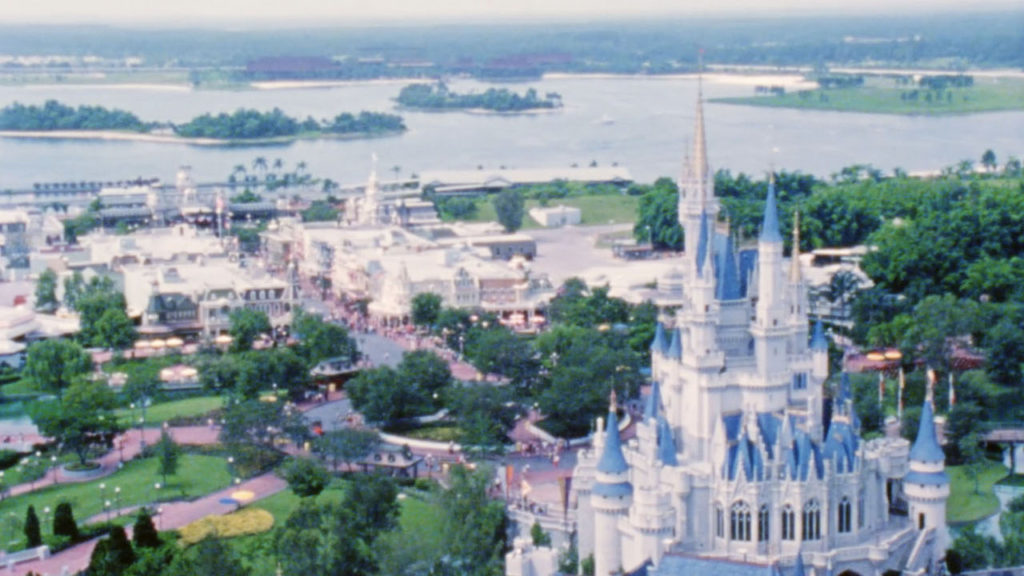
To our thinking, MyMagic+ was as ambiguous as it was ambitious; a heady, ethereal project that, despite all odds, got announced and spoken about as if it were a thing guests would understand. Despite its abstract nature, we’d argue that this multi-year, multi-stage billion-dollar rollout really had three core tenets – Pre-Planning, a Phone-Free Tech, and Personalization. Each of the three embodiments of MyMagic+ succeeded… until they didn’t. Here’s our take on each.
1. Pre-Planning | Fastpass+ & Dining Reservations
There’s no doubt that for much of its modern history, Walt Disney World has been about the least relaxing “vacation” you can choose. If MyMagic+’s quest was to make a Disney vacation back into a vacation – that is, low-stress – it succeeded in part… but the law of conservation of stress says that to simplify your time once you land in Orlando, you’ve got to put that planning somewhere.
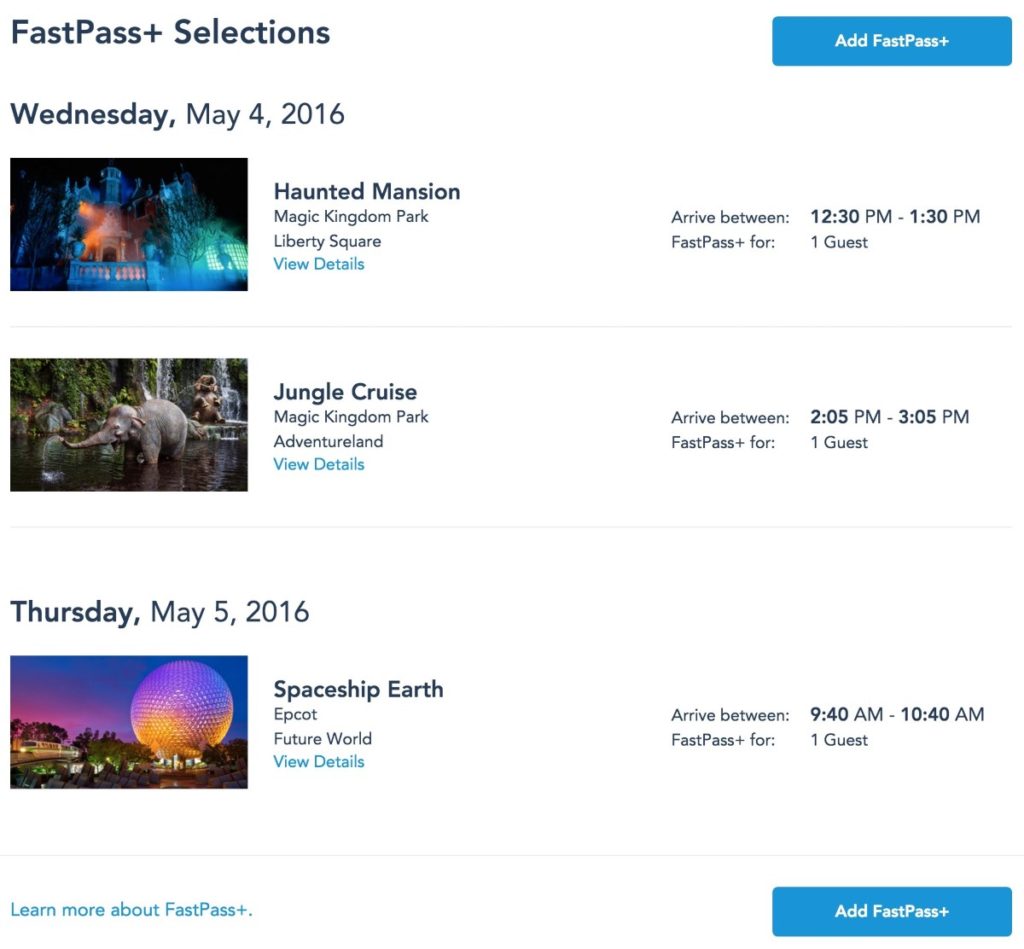
For Disney World guests, it came in the form of outrageous pre-planning. Planning a visit for October? If you want to eat at any of Disney World’s most sought-after restaurants, you’d better reserve it in April. Yes, you’d need to have chosen which park you’d visit each day 180 days (half a year) before your flight. And that was just the beginning! Four months after that (and still 60 days from landing) you’d need to secure your FastPass picks. Want to ride an E-Ticket without a stagnant “stand-by” wait? First, hope you splurged on an on-site hotel to get 60-days-out access to FastPass+ booking. Then, set your alarm for 6 AM or risk a trip defined by waiting.
If you thought paper FastPass was embedded in a Disney vacation, FastPass+ was literally factored into trip planning; as essential as picking a flight or a hotel. It seemed likely that, despite technically making a day at the park mathematically worse, FastPass would never disappear.
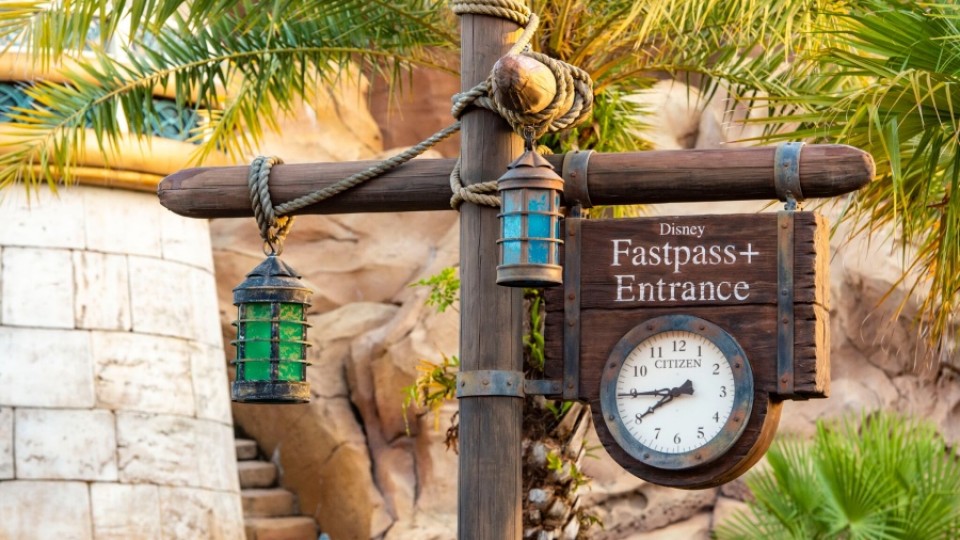
Then, in light of the COVID-19 pandemic, Disney famously disabled dining reservations and FastPass+ altogether, reverting the resort to, y’know, just, like, lines. So yes, you don’t get three “freebie” skips… but every line you do wait in moves quickly and continuously. Similarly, dining reservations eventually returned to Disney World mid-pandemic, but with a much more reasonable (yet still largely unreasonable) 60 days out timeline.
So as we approach a full year of seeing Disney Parks without FastPass, is it possible the veil has been lifted? Have folks recognized that the feeling of skipping the line on one major E-Ticket isn’t worth the reality of waiting in stalled stand-by queues in every other anchor attraction for the whole rest of the day? We’ll see… Realistically, it seems likely that Disney will use the “hard reset” of the pandemic to fundamentally change FastPass for good… It’s unlikely Disney World will ever be a place defined by spontaneity, but a shift away from academic pre-planning wouldn’t be a bad thing…
2. Phone-Free Tech | MagicBands & RFID
Disney’s plans for technological interconnectedness between its dissimilar ticketing and reservation systems would be nothing without an individualized identifier for each guest. Today, it seems obvious that a smartphone and app with each guest’s unique, scannable QR code would be the solution. Given that, even in 2012, smartphones were far from reliably accessible, MyMagic+ required an inexpensive, intuitive, and (ideally) magical device connected to each guest. Their solution was both literally and metaphorically simple: the MagicBand.
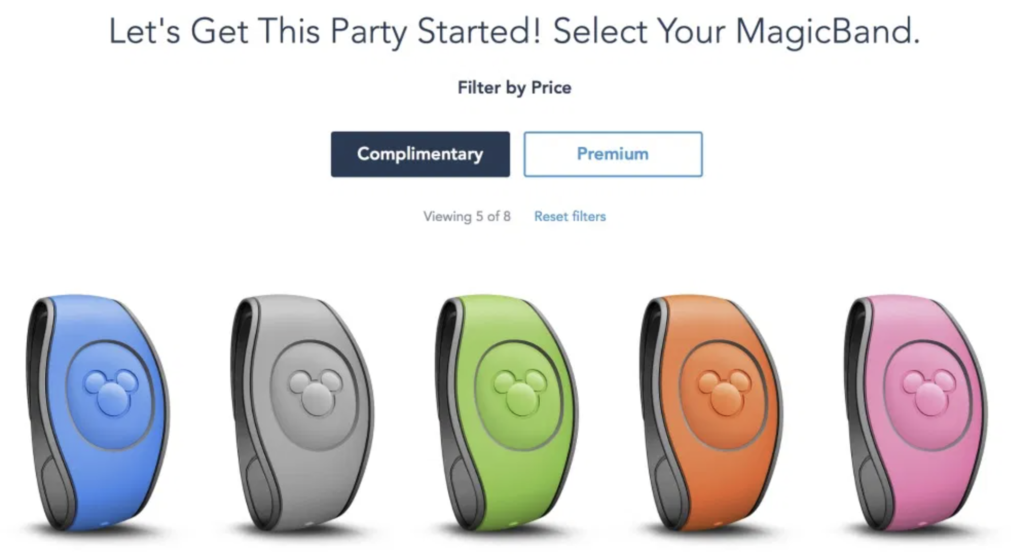
Remember, MagicBands were Disney’s Swiss army knife of technology; the inexpensive and accessorizable tool that would turn the divisive and somewhat dystopian job of data collection and personal identification into an experience guests would see as a perk, and even pay for. MagicBands made Walt Disney World’s largely-invisible 21st century MyMagic+ infrastructure upgrade a tangible, visible thing. They indeed offered the assurance of a frictionless transaction, be it at a park’s entrance, a FastPass queue, or a cash register. Lest we forget, a generation of Disney World visitors will remember an arriving box of MagicBands as the definitive kick-off of their vacation.
Here’s the thing: by way of the MagicBand, Disney bet big on RFID technology. The better part of a-literal-billion-dollars was spent equipping every single one of the resort’s doorways, gateways, ride entries, tablets, cameras, and hotels with RFID readers. RFID served, in many ways, as the uniting element that at last gave Disney World its own modern makeover.
That’s because Disney’s big bet on RFID is arguably the company’s most recent embodiment of “The Tomorrowland Problem” – the inherent paradox that curses any attempt Disney makes to actually, scientifically predict what the future holds. Yes, RFID works. But remember, Disney’s buy-in on the technology was itself a workaround since when MyMagic+ conceived, less than a fifth of Americans had a smartphone. Now?
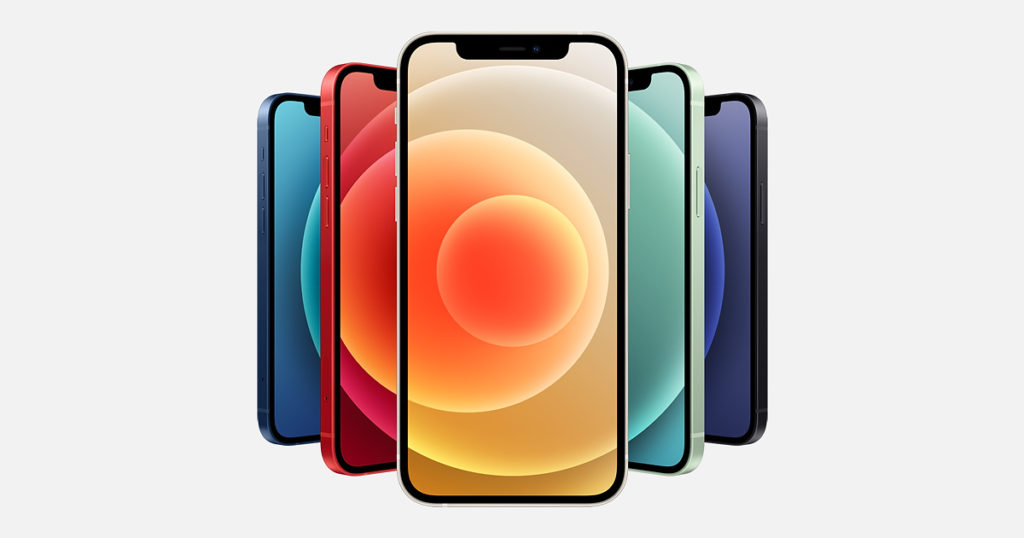
Today, smartphone use in the U.S. has reached well over 80%, meaning very, very, very few guests who visit don’t have someone in their party with access to the guest-facing My Disney Experience app. So though MyMagic+ certainly paved the way, every other Disney Resort on Earth offers in-app FastPass access (normally, for a nominal fee per day), dining reservations, and park tickets without the MagicBand middle man.
Yes, Disneyland and Shanghai Disneyland skip the MagicBand by simply having guests hold an on-screen barcode to a reader. But more to the point, they also skip the manufacturing and shipping of MagicBands and the internal “green tax” Disney levies against its divisions. Thanks to the iPhone Era, Disney’s once-high-tech wearable looks almost charmingly low-tech.
It’s not that Disney was wrong to invest in RFID as a bridge technology given how ahead-of-its-time the scale and ambitions of MyMagic+ really were. However, it’s clear in retrospect that this technology isn’t essential enough to warrant mass production and shipping. Instead, smartphones alone can handle the heavy lifting of saving guests’ admission, reservations, and FastPass return times, leaving the MagicBand a quaint, screen-free, analog tool in a digital world.
3. Personalization | Interactivity & integration

Without a doubt, personalization was the buzzword heart of MyMagic+, and it was expected that its MagicBands would usher in a new era of interaction inside the parks; that they’d be conduits to magical moments in meet-and-greets, built-environments, and rides. That… didn’t happen. While we got hints of those magical moments of personalization a MagicBand can create (see again Be Our Guest Restaurant and Test Track), no other real, significant uses of the band in Disney Parks attractions stuck around.
Allegedly, that’s because Walt Disney Imagineering didn’t buy in. You can probably imagine why.
Disney’s operations team and the contracted firm Frog waxed poetic about the design psychology behind the stylized “tap” point, with its Apple-esque aesthetic, cheery audio feedback, and intuitive, pulsing green halo. Frankly, from a guest interface perspective, they hit the nail on the head. After first exposure upon entering any park, the omnipresent “tap” point becomes second nature; its recurring design instantly communicates to guests: “TAP HERE.” No training necessary.
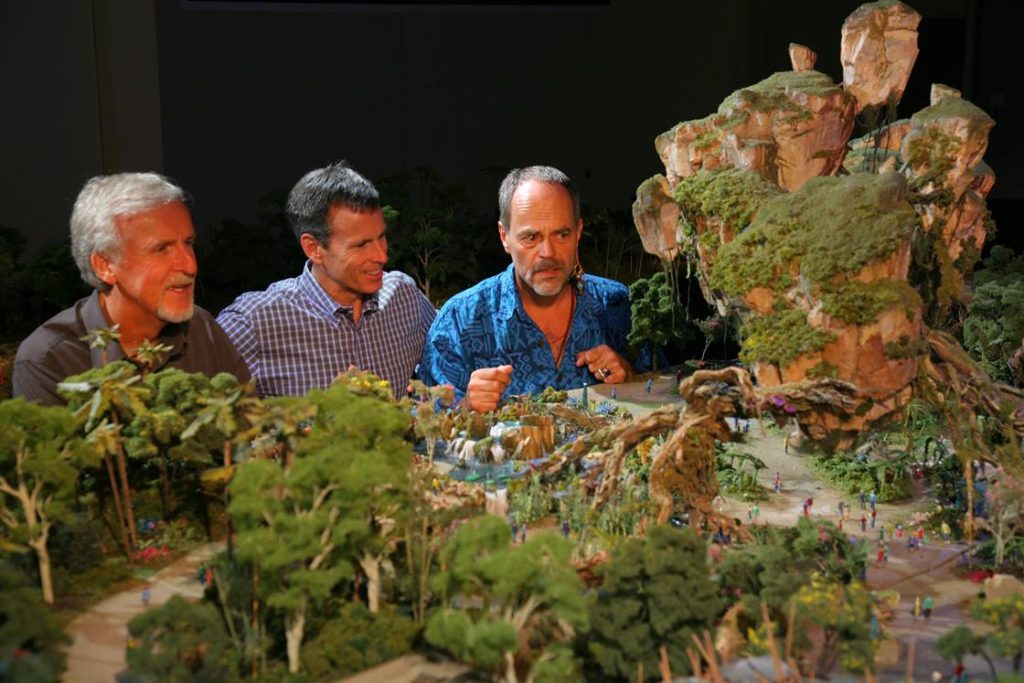
However, an internal struggle between operations and Imagineering allegedly broke out over Frog’s design, with Imagineers explicitly instructed not to cover, alter, or, y’know, theme those ubiquitous, sleek, silver “tap” points lest they lose their leitmotif status. That alone could’ve cooled Imagineers’ enthusiasm for the MyMagic+ initiative, and would’ve served to lessen their interest in incorporating MagicBand interactivity into their projects. Even still, Imagineers’ distaste for MagicBand-made-moments seemed to go deeper.
As evidence, Austin Carr’s spectacularly in-depth study of the MagicBand included a frank conversation with Imagineer Joe Rohde about its integration into the then-leading project at Imagineering, Pandora: The World of AVATAR. Given that Pandora was being concepted just as MyMagic+ rolled out, it’s where you’d expect MyMagic+ and the MagicBand’s in-park interactive capabilities to be most obviously on display… And yet:
I ask where MyMagic+ will influence Avatar Land, and Rohde turns my attention to the model, which is the size of three Ping-Pong tables. He swirls his finger around a tiny section. This little spot is where MyMagic+ will be put to use, in “the most intensive, interactive moments.” What about the area’s two big attractions? “Less so,” he adds.
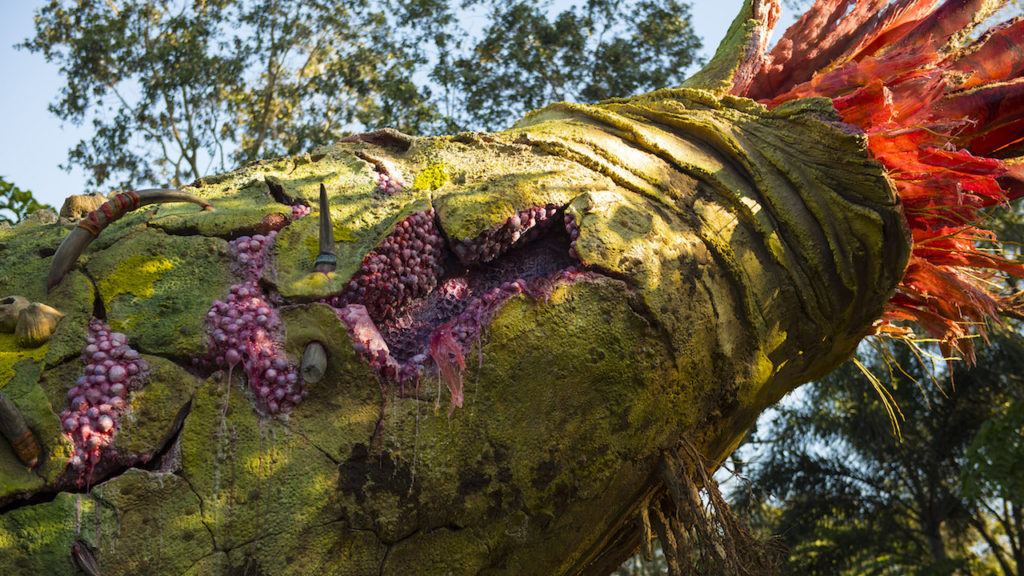
He tells me the Imagineers are trying to hit that sweet spot where the technology stays “subconscious,” because he doesn’t want to see “switching behavior” — he waves his wrist around in front of his face — “in between the human and the experience.”
Catch that? To our thinking, Rohde’s subtle indication speaks volumes about the MagicBand’s usefulness to Imagineers. And think about it: tapping a silver icon, having it glow green, release a pleasant and confirmatory buh-bling and then seeing the massive plant at Pandora’s entry bellow out mist and pollen may be cool, but it’s not magical. Quite the contrary, such an interaction would only position the MagicBand as an unnatural intermediary between the person and the experience!
Imagine, for example, having to tap a Mickey Mouse silhoutte on the bridge to Harambe – buh-bling – geyers on the edge of town erupt; dozens of silver Mickey Mouse “tap” points throughout the bazaars of Batuu – buh-bling – a shop window comes to life, or audio signals a ship taking off behind you. A silver Mickey Mouse “tap” point nonsensically positioned in the natural setting of New Fantasyland – buh-bling – gems in a parked mine cart shimmer.
Put to work in this way, the MagicBand is little more than a needlessly-high-tech equivalent of pushing a button. That’s… not magic. That’s a interrupter.
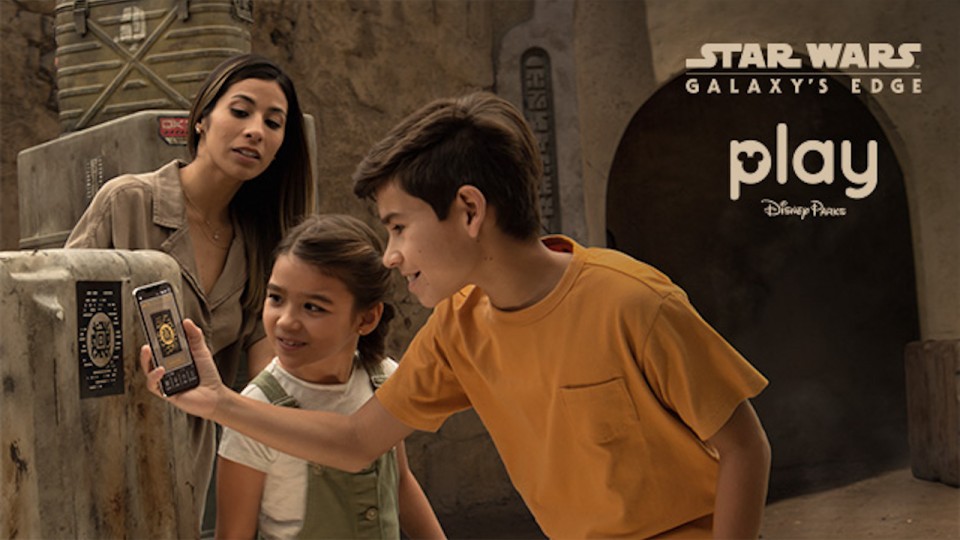
So just as phones made the MagicBand’s unification of tickets, reservations, and FastPass obsolete, so, too, did phones offers a better (if not more natural) tool for interaction. Okay, so, the Play Disney Parks app isn’t exactly a revolution, mostly offering in-queue games with occasional integrated props or effects to activate.
But to see its adaptability in action, step into Star Wars: Galaxy’s Edge, where the app transforms into the Star Wars Data Pad. Far, far away and far, far from perfect, the “in-universe” app at least offers a little bit of the gamification and personalization Galaxy’s Edge promised. And more to the point, it actually does serve as a much more natural way to interact with the land than tapping silicone bracelets against silver Mickey Mouse touchpoints would’ve been.
MobileMagic
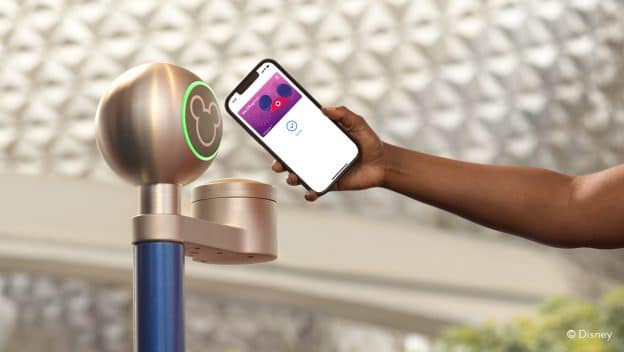
Given that smartphones have usurped any other technological intermediary Disney itself could manufacture, is it any surprise that on June 19, 2020 (again, during the pandemic), Disney announced that MagicBands would cease to be sent complimentary to on-site guests beginning January 1, 2021? While they’re still available for purchase (and Disney hopes you’ll continue to collect and accessorize them), they’ve been outmoded.
On March 11, 2021, Disney officially announced a new primary tool for pre-planning and personalization… but it’s not phone free. Expect that ubiquitous image of a MagicBand tapping against a turnstile to be edit-replaced across Walt Disney World’s website with the image above – of a phone handling it all.
In fact, the new Disney Genie and its MobileMagic service rolling out throughout 2021 provides all the services of the MagicBand, but using your smartphone and the My Disney Experience app. If you miss the sensation of a wearable, tap-ready wearable, an initial rollout via Apple products means that – in a poetic twist of fate – you can recreate all the elements of the practically no-cost MagicBand… on a $300 Apple Watch.
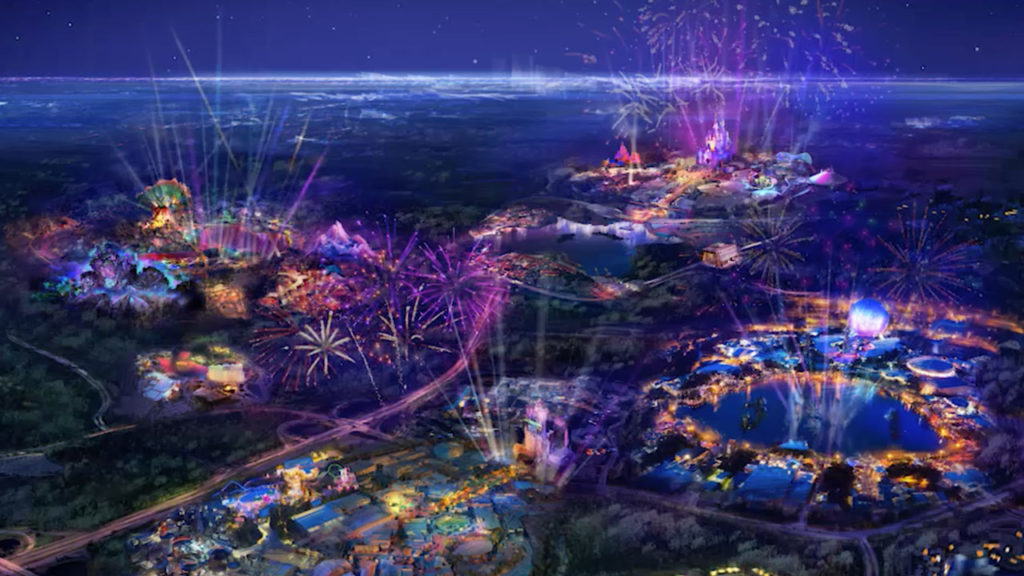
Less than a decade out from MyMagic+, Disney’s billion dollar upgrade to their Florida resort was neither the reinvention executives hoped, nor the failure fans fault it as. The truth is somewhere in the middle. Sure, looking back, much of the hardware and software of MyMagic+ didn’t stand the test of time, and its focus on pre-planning pretty inarguably went way, way too far – a course corrected by Disney Genie’s day-of focus.
But this all-at-once, master-planned revitalization of Disney World did give the resort the same kind of big-budget reset as Disneyland or Universal Orlando’s expansion… just behind-the-scenes. Disney’s shift toward digital, self-curated vacation planning standardized and organized the resort’s many systems and provided a technology – the RFID-enabled MagicBand – to bridge the gap both between them and to smartphones.

What worked about MyMagic+ has not just lived on, but has evolved and been translated to Disney Resorts around the globe where digital ticketing, phone-based ride reservations, and online dining reservations salvage the pros of Florida’s prototype without the cons. What did not work about MyMagic+ has been given, via COVID-19, the chance for a hard reset; an opportunity to reimagine the future once more. A great, big, beautiful tomorrow awaits Walt Disney World, this time with smartphones and apps as its centerpiece… at least, until something even better come along. And hey, that’s progress for ya!

Thank you so much for reading. Now, it’s your turn to join the story. If you enjoy spending time falling down the “rabbit hole” of Park Lore’s in-depth, ad-free, member-supported stories, consider becoming a Member for as little as $2 / month.
Members can unlock rare concept art in every tale, reveal attraction audio streams in select stories, gain access to over a hundred exclusive articles in our quick-read Extra Features and in-depth Special Features collections, gain exclusive podcast extras, and receive an annual member card and merch in the mail! (Plus, y’know, supporting research-based, ad-free, clickbait-free, in-depth theme park writing!)


